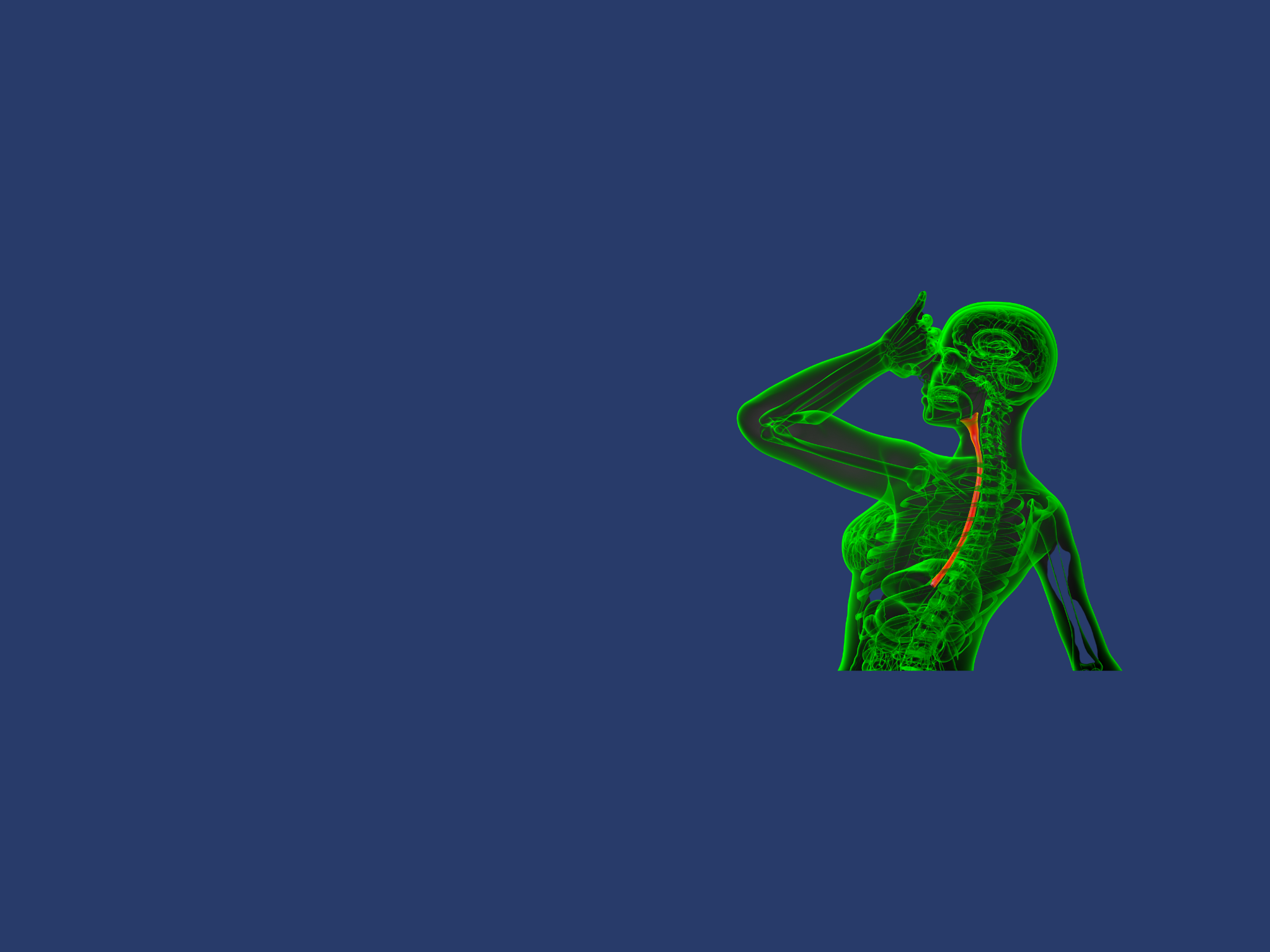
Esophagus problems
Esophagus is the muscular tube carrying the food and liquids from your mouth to the stomach.
Overview
As your mouth forces liquid or chewed food into your throat, your brain starts the process of swallowing. You utilize your voluntary nervous system to begin a swallow. Your involuntary nervous system takes control over your swallowing once the fluid or food enters the top of your esophagus.
Stretching from food or liquid arouses the smooth muscles making the walls of your esophagus. This stimulates a dense network of nerves inside your muscles. These nerves, called as intrinsic nerves, begin a coordinated muscle action known as peristalsis. Peristalsis squeezes your esophageal muscles from top to bottom. This aids in pushing food and liquid along. If you could see peristalsis, it would appear like a wave passing down your esophagus.
Symptoms & Diagnosis
To keep food and fluids moving in the correct path, your digestive tract has special muscles along its course known as sphincters. Sphincters carry on like one-way valves. They relax to give food and fluid pass to your stomach and afterward tightens in preventing the backflow, known as reflux.
When your esophagus is functioning properly, you may not be aware of it. However, when you attempt to swallow something too big, hot, or too cool, you can feel your esophagus. You may likewise become aware of your esophagus when an issue id developed. Common esophageal issues include:
- Achalasia
- Corrosive injury
- Gastroesophageal reflux disease (GERD)
- Dysphagia
- Esophageal Cancer
